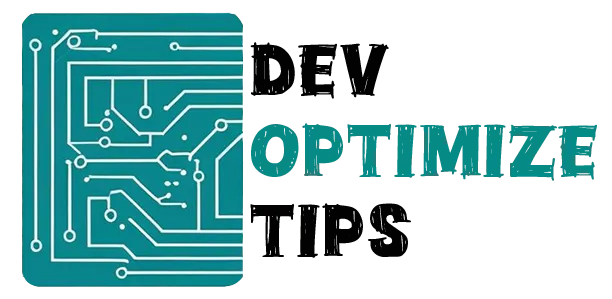Technical SEO is the backbone of a well-optimized website. Without a strong technical foundation, even the best content may struggle to rank. This checklist covers 10 essential technical SEO fixes that will help improve your site’s performance, visibility, and user experience.
1. Ensure Your Website is Mobile-Friendly
- Use Google’s Mobile-Friendly Test to check compatibility.
- Implement responsive design to adapt to different screen sizes.
- Ensure buttons and links are easily clickable on mobile devices.
2. Improve Site Speed & Core Web Vitals
- Optimize Largest Contentful Paint (LCP), First Input Delay (FID), and Cumulative Layout Shift (CLS).
- Enable browser caching and compression (Gzip, Brotli).
- Optimize images with WebP format and lazy loading.
- Use a Content Delivery Network (CDN) to serve assets faster.
3. Fix Crawl Errors & Optimize the Robots.txt File
- Use Google Search Console to identify and fix crawl errors.
- Ensure your robots.txt file does not block important pages.
- Allow search engines to crawl essential assets (CSS, JS, Images).
4. Optimize Your XML Sitemap
- Ensure your XML sitemap is up-to-date and error-free.
- Submit it to Google Search Console and Bing Webmaster Tools.
- Exclude non-important pages (e.g., admin pages, duplicate content).
5. Implement HTTPS and Secure Your Site
- Ensure your site runs on HTTPS with a valid SSL certificate.
- Redirect all HTTP traffic to HTTPS to avoid duplicate content issues.
- Check for mixed content issues (HTTP elements on HTTPS pages).
6. Improve URL Structure and Site Navigation
- Use short, descriptive, and keyword-rich URLs.
- Implement breadcrumb navigation for better user experience and SEO.
- Ensure a clear internal linking structure for search engine crawlers.
7. Fix Duplicate Content Issues
- Use canonical tags () to prevent duplicate content.
- Consolidate similar pages and remove unnecessary duplicates.
- Avoid publishing near-identical pages that compete for rankings.
8. Optimize Structured Data (Schema Markup)
- Implement schema.org markup for rich results (FAQs, Reviews, Products, etc.).
- Validate your structured data using Google’s Rich Results Test.
- Improve local SEO with structured data for businesses (e.g., Name, Address, Phone).
9. Monitor and Fix Broken Links
- Use tools like Screaming Frog, Ahrefs, or Google Search Console to find broken links.
- Fix 404 errors by redirecting broken URLs to relevant pages.
- Regularly update internal and external links to maintain credibility.
10. Optimize for Indexing and Crawl Budget
- Use noindex meta tags for thin or duplicate content pages.
- Remove or consolidate low-value pages to optimize crawl budget.
- Monitor Google Search Console for indexing issues and blocked resources.
By following this technical SEO checklist, you can ensure that your website is optimized for search engines while providing a seamless experience for users. Regular maintenance, audits, and updates will keep your site performing at its best. Stay proactive, track changes, and watch your rankings improve!
